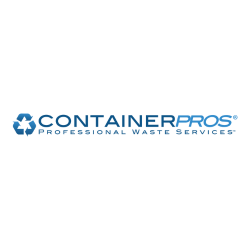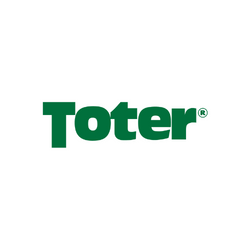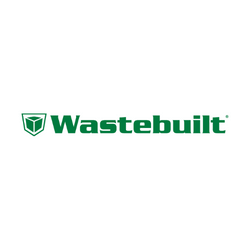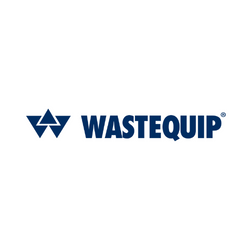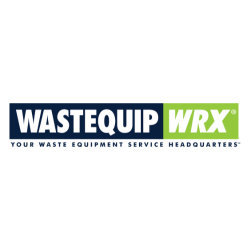5 Tips for Choosing The Right Compactor
5 Tips For Choosing The Right Compactor
Republished: April 15th, 2023. Original Source: Wastebuilt >
Blog Post
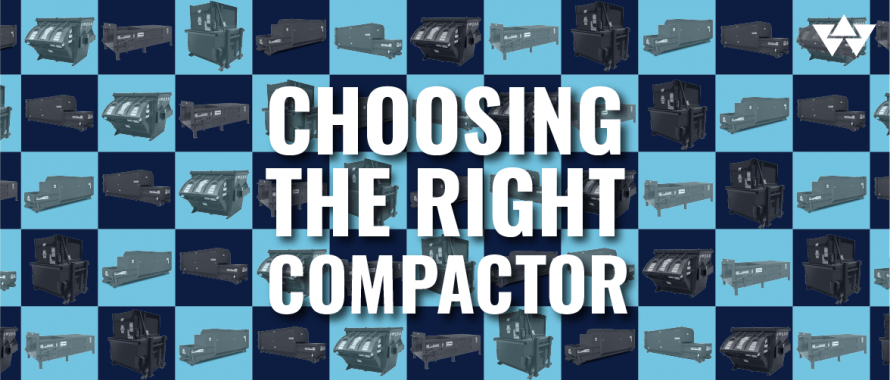
For businesses that generate particularly large amounts of waste — such as sizable hotels, hospitals and grocery stores, just to name a few examples — having an industrial trash compactor on-site can optimize the waste-storage and waste-handling processes. And in doing so, the business can create a range of positive impacts for itself, its employees, and its customers.
Among the benefits a commercial compactor can deliver for a business are:
- Money savings by reducing the volume of trash — and thereby the garbage-hauling costs — by up to 75%
- A reduced risk of fire
- Odor reduction
- Added protection against pest infestation
- A significant deterrent to dumpster diving
Of course, all of these benefits can lead to improved workplace productivity, increased efficiency, added safety, and even increased revenues. And while the choice to get an industrial compactor may seem like a no-brainer for such businesses, actually choosing the right compactor for the business’s needs can be a bigger challenge.
Before making your investment, consider these five important considerations for choosing the right compactor to meet your business’s needs:
Before making your investment, consider these five important considerations for choosing the right compactor to meet your business’s needs:
1. Compactor Type
There are
two primary types of commercial compactors: (1) Stationary and (2) Self-Contained
. A stationary compactor is anchored to the ground, typically via welding or bolting, and it contains a removable container that can be easily emptied on-site. A self-contained compactor, on the other hand, is mobile and features a leak-proof build. When a self-contained compactor is emptied, the entire compactor must be taken to the landfill for dumping, and it is then returned to the business emptied and ready to fill again. A third (and less common) compactor type is the vertical compactor, also known as a front-load compactor. This type of compactor is designed for easy emptying with a front-loading truck.
A business’s best choice in compactor type largely depends on the type of waste it generates. Stationary compactors are often the optimal choice for businesses that handle a lot of dry waste such as cardboard, paper, and other recyclables. Self-contained compactors are typically a better fit for businesses that handle a lot of liquid and wet waste, such as food waste. The vertical compactor, which primarily handles dry materials, is a good choice for businesses with limited space for a compactor, as it has a smaller footprint than stationary and self-contained compactors. And for businesses that need to consolidate cardboard waste but don’t have the volume to justify a compactor, balers are a good option.
For businesses needing to dispose of large, bulky products such as metal and wood that resist normal compaction, another type of compactor available. The pre-crusher sees the materials placed in a charge box for crushing against a heavy-duty reinforced steel bulkhead before being moved into the unit’s compaction container.
2. Available Space
As mentioned above, stationary and self-contained compactors require a substantial amount of space, making them a better fit for businesses with ample room to store them. For
businesses with tight space limitations on the other hand, a vertical compactor would be a wise choice
. And still another compactor type, the apartment compactor, is specifically designed to fit in trash rooms with limited space, such as those found in many high-rise buildings and apartment complexes.
3. Compactor Volume
The compactor size a business chooses should hinge upon the amount of waste it produces, which can be measured in cubic yards, along with the pickup frequency for waste disposal. Obviously, businesses that produce more waste and/or have less-frequent pickups for disposal should choose larger compactors. Having a
larger compactor can also facilitate fewer pickups for disposal,
which can result in cost savings for the business.
4. Disposal Method
Another consideration when choosing a compactor is
how workers will typically deliver waste to the compactor
. Some compactors are a good fit for disposing of waste by hand, while others facilitate easy dumping of larger loads of waste with a cart. Still others feature a chute that allows workers to feed waste into the compactor without leaving the building. Choosing a compactor that fits with the best method of disposal for your business will increase efficiencies and save workers’ time.
5. Waste Removal Procedure
When it comes to
waste removal, there are three primary options: (1) roll-off, (2) front-loader, and (3) rear-load.
Roll-off compactors allow for large volumes of waste to be hauled off at once, but disposal requires that the entire compactor be taken to the landfill — creating a need to overcome compactor downtime. Front-load and rear-load compactors don’t typically hold as much waste as a roll-off compactor, but they can be emptied on-site, preventing compactor downtime.
A Leading Compactor Choice
Widely regarded as one of the top equipment providers in the waste industry, Wastequip offers a range of commercial trash compactor types, including:
- Self-contained compactors
- Stationary compactors
- Vertical compactors
- Pre-crushers
- Apartment compactors
- Balers
And no matter what brand of compactor your business uses,
Wastequip’s GuardianTM Control System — the only power unit you’ll ever need — features two watchdog timers to prevent unintended operation that can result in motor burnout.



